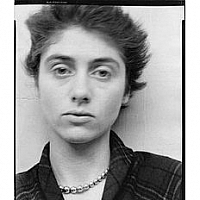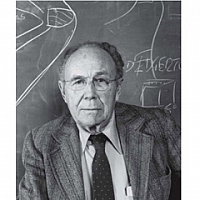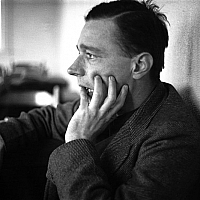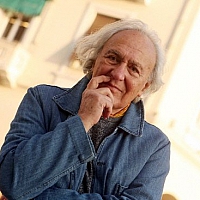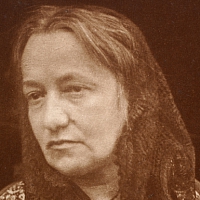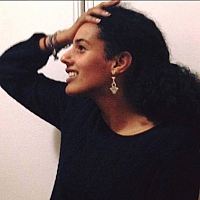
©Gustave Le Gray, The Great Wave, Se?te, 1856-59, Albumen silver print, The J. Paul Getty Museum, Los Angeles, 84.XM.637.1
Expositions du 10/09/2016 au 11/12/2016 Terminé
Wadsworth Atheneum Museum of Art 600 Main Street 06103 Hartford États-Unis
Wadsworth Atheneum Museum of Art's press releaseWadsworth Atheneum Museum of Art 600 Main Street 06103 Hartford États-Unis
Collecting is a curious vice, it changes your whole life—your whole way of looking at the world. – Samuel J. Wagstaff Jr. 1978
Hartford, Conn. (Sept. 9, 2016) – In the first major photography survey displayed at the museum in 27 years, the Wadsworth Atheneum Museum of Art will present, “The Thrill of the Chase: The Wagstaff Collection of Photographs at the J. Paul Getty Museum,” Sept. 10 through Dec. 11. The exhibition offers a selection of nearly 100 photographs from the personal collection of Samuel J. Wagstaff Jr. (American, 1921–1987), and spans the history of photography over 150 years, tracing the artistic and technical development of this art form through the eye of an influential collector. “The Wagstaff Collection of Photographs” is especially relevant to the Wadsworth Atheneum in that Wagstaff served as the museum’s curator of paintings, prints and drawings from 1961–68, becoming a senior curator in 1967. “Sam Wagstaff as Curator”—a companion display of more than 30 works from the Wadsworth Atheneum’s permanent collection—opens Sept. 17, 2016.
“The importance of this exhibition to the Wadsworth Atheneum lies not only in the fact that it has been more than a quarter century since we have largely exhibited the medium of photography, but that this collection was lovingly and expertly gathered by a man who worked within our own museum walls,” said Emily Hall Tremaine Curator of Contemporary Patricia Hickson. “This exhibition serves as an examination of the art of building a collection, but perhaps more pointedly as a tribute to a man who established the photography market and drove it to great heights.”
“The Wagstaff Collection of Photographs” will illustrate Wagstaff’s prowess as a collector through dozens of works by well-known photographers such as Diane Arbus, Julia Margaret Cameron, Edgar Degas, Walker Evans, Dr. Harold Edgerton, Robert Frank, William Klein, Gustave Le Gray and William Henry Fox Talbot. “Sam Wagstaff as Curator” will explore the impact Wagstaff specifically had on the Wadsworth Atheneum through his organization of innovative exhibitions, his acquisition of cutting-edge art, and his contributions to scholarship and the eventual formation of the museum’s groundbreaking MATRIX program.
A leading art curator, patron, and collector, Wagstaff was born in New York City in 1921 to a socially prominent family. After graduating from Yale University, he joined the US Navy in 1941 and took part in the D-Day landing at Omaha Beach in World War II. He later earned a master’s degree in art history at the Institute of Fine Arts at New York University. Wagstaff was an art history fellow at the National Gallery of Art, Washington D.C. (1959-61) before becoming a curator at the Wadsworth Atheneum (1961–68) and at the Detroit Institute of Arts (1968–71), where he championed contemporary art with innovative acquisitions and exhibitions.
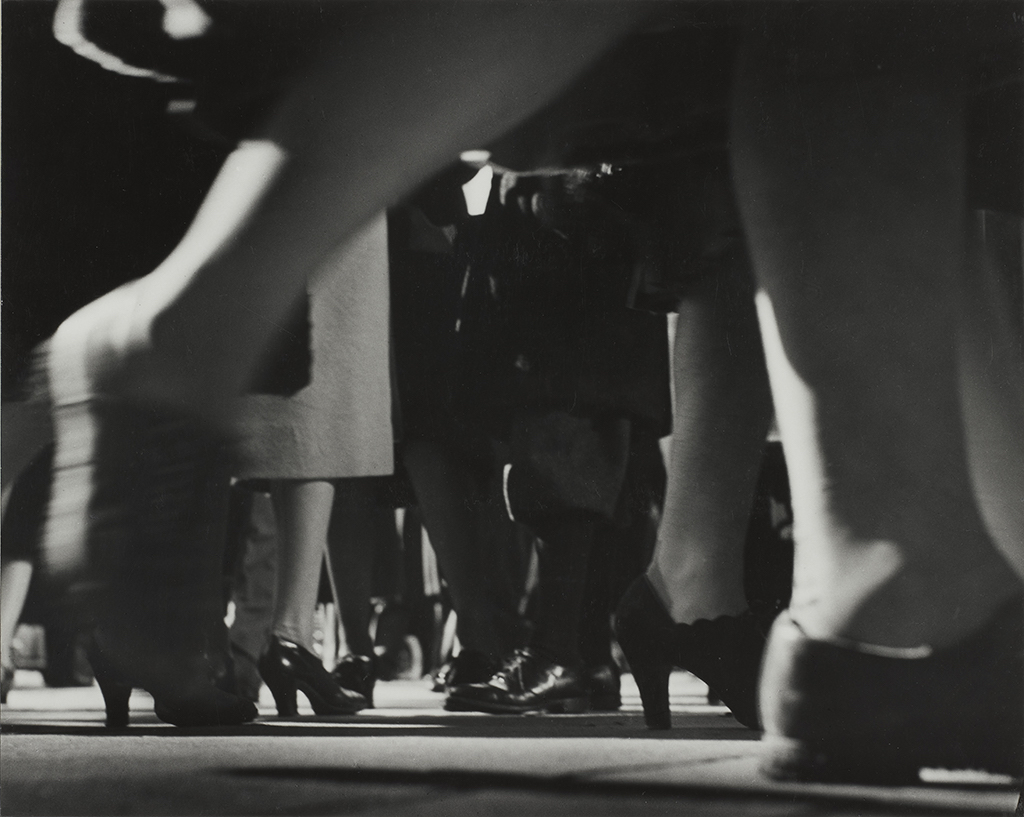
©Lisette Model, [Running Legs, Forty-second Street, New York], 1940-41, Gelatin silver print, The J. Paul Getty Museum, Los Angeles, 84.XP.789.9 © Estate of Lisette Model, courtesy Baudoin Lebon / Keitelman
In the early 1970s, Wagstaff’s romantic relationship with then-unknown photographer Robert Mapplethorpe (American, 1946–1989) ignited the collector’s love with photography. Wagstaff became obsessed with acquiring photographs, and in the decade that followed he assembled a private collection recognized for its quality and breadth. His collection of photographs serves as a complex self-portrait of the man who assembled it as well as an extraordinary survey of the history of photography.
Wagstaff’s collecting interests ranged from the experimental beginnings of photography in the mid-19th century to the works of contemporary artists. Traveling to London and Paris frequently to attend auctions and search secondhand shops and flea markets, he collected photographs by recognized British, French, and American masters as well as unknown makers. He promoted photography as an art form by exhibiting, publishing and lecturing on his holdings. Wagstaff studied the collections at the Metropolitan Museum of Art and the Museum of Modern Art in New York and delighted in discovering artists who deserved attention but were not on the institutional radars of major museums. His broad and idiosyncratic taste gave other collectors and curators the courage to look beyond established names and expand the canon.
A high point came when he organized the exhibition, “Photographs from the Collection of Sam Wagstaff,” which opened in 1978 at the Corcoran Gallery of Art in Washington, D.C., before touring to 17 other locations. Wagstaff’s reputation as an arbiter of taste provided an impetus for museums to collect and for scholars to study this long-neglected medium. When he sold his collection to the J. Paul Getty Museum in 1984 for $5 million, it became the foundation of the museum’s new Department of Photographs. It still remains the Getty Museum’s largest holding of art from a single source.
After the exhibition closes in Hartford, it will travel to the Portland Museum of Art in Maine, where it will be on view Feb. 1 through April 30, 2017.
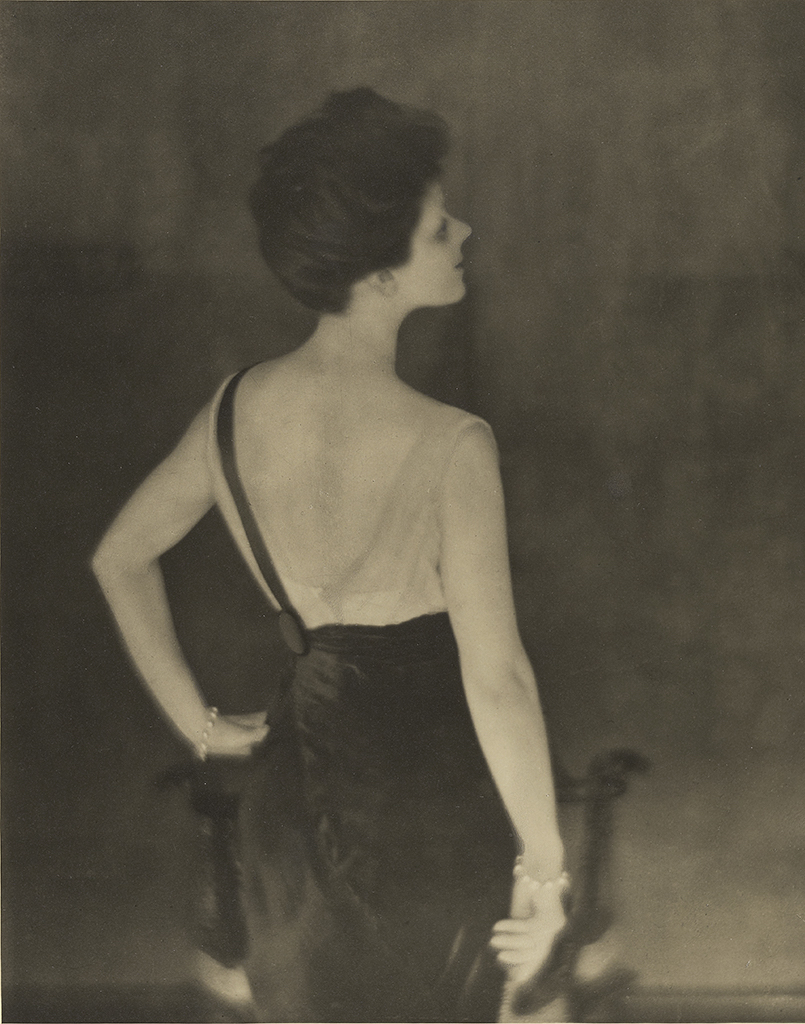
©Baron Adolf De Meyer, [Rita de Acosta Lydig], negative 1913; print 1914, Gelatin silver print, The J. Paul Getty Museum, Los Angeles, 84.XM.471.4

